Killing someone with poison—and getting away with it—requires precise planning, cunning, and subterfuge, as well as a certain creativity, intelligence, and finesse to pull off successfully. That’s horrifying. So are all those adjectives! Deadliest poisons in history could be an encyclopedia, and maybe it is. I went down a deep, dark rabbit hole to write this post and came up, more intrigued than ever!
You can blame ‘Criminal Minds’ reruns. We started watching it, yes, 15 seasons behind the rest of the world. Pushing my initial horror aside, sneaky, horrific crimes intrigued me. I am also intrigued by science. Poisons came to mind. Poisons have been alongside us throughout history.
MAN AND POISONS
The strong connection between man and nature, including poisons, takes us back to ancient times. Prehistoric people applied poison to spears for hunting animals. We don’t know if they turned their poisoned sticks toward each other.
Hemlock is nothing to sneeze at but it’s not the king of poisons.
ARSENIC : THE POISON OF KINGS AND THE KING OF POISONS
From the time of the Roman Empire through the Middle Ages and the Renaissance, until modern toxicology found a way to detect arsenic in the deceased, arsenic ruled as the king of poisons.
ARSENIC FAST FACTS
FAMOUS ARSENIC VICTIMS
HOW POISONS WORK: ARSENIC
Compared to organic poisons, metallic elements don’t break down quickly. This means arsenic can be detected years later in a victim’s hair and fingernails.
Okay, the corpses looked horrific. The problem was that no one could prove that arsenic was the cause of death.
ENTER...CLEVER PHYSICIANS AND CHEMISTS
Arsenic remained the king of poisons, virtually undetectable in a corpse until chemist James Marsh developed a method to detect it in body tissues in 1836!
In 1851 in the United Kingdom, a law passed called The Arsenic Act, stating that arsenic had to be colored with indigo or soot. This was in response to the alarming number of accidental (or deliberate) poisonings due to its lack of color.
If arsenic is the king of poisons, wolfsbane is its queen.
MONKSHOOD OR WOLSFBANE
Monkshood, or Aconitum variegatum is considered the most poisonous plant in Europe. (The genus aconitum grows all over the northern hemisphere!)
Monkshood was already in our yard when we moved in. Our voracious bunnies and deer don’t touch the monkshood in our garden. Now we know why! (good thing I always wear gardening gloves!)
This poisonous plant contains a potent alkaloid called aconitine. Aconitine is everywhere in monkshood, flowers, leaves, stems, and roots.
ACONITINE IS AN ALKALOID. WHAT IS AN ALKALOID?
Alkaloids are found in living things. Aka organic. They are bases so accept hydrogen ions from other compounds. Most alkaloids are isolated from plants. Morphine and its derivatives are used as pain medication and quinine treats malaria.
Historically, aconitine was used to hunt animals, the Aleuts for whales, in Japan to hunt bear and somewhere hunting wolves, which is how ‘wolfsbane’ got the name.
Later the common name changed to ‘monkshood,’ as it resembled hoods that monks wore in the middle ages. Yes, the flower resembles monks’ hoods but what about the death element?
HOW POISONS WORK : ACONITINE
When any part of the plant is ingested or absorbed via the skin, the aconitine goes to work.
A dose of 1-2 mg of aconitine is fatal. That’s 0.00007055 of an ounce. Aconitine qualifies as one of the deadliest poisons in history. This is a SERIOUS poison. (What poison isn’t?)
CLOSE TO AN UNTRACEABLE POISON
Aconitine is not often used in murder but finding trace amounts of it in tissue postmortem (after death) is no easy task. Aconitine also has the untraceable mystique!
“Murder most foul,” wrote Shakespeare of the poisoning of Hamlet’s father. During that time period, poison was a common method of murder. Shakespeare also used poison as a metaphor in many of his plays.
In one scene, King Henry IV advises his underlings to speak gently “… Mingled with venom of suggestion–As, force perforce, the age will pour it in–
Shall never leak, though it do work as strong as aconitum…”
I’m not a Shakespeare expert, but in this verse, aconitum (aconitine) is as an analogy about harsh words doing harm.
That’s true but I’m more worried about the poison.
In 1882, George Henry Lamson was hanged after being found guilty of murdering his crippled brother-in-law for his inheritance. At that time, aconitine was an untraceable poison. Lamson didn’t cover his tracks, however. Police found raisins in Lamson’s cake, eaten by the deceased, laced with aconitine.
Severus Snape used aconitine in a potion he made for Remus Lupin, to keep him from violence during his monthly wolf transformation. So if you have any werewolf friends, you could look into this.
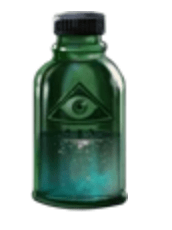
Let’s move on, not to the half-blood prince, but to the prince of poisons. The Evil Prince.
STRYCHNINE
In keeping with our royal classification, let’s look at a poison perpetrator. William Palmer is dubbed Prince of Poisoners.
Maybe I should take back my statement that poisoners are clever.
DEADLIEST POISONS IN HISTORY CONTINUED : PLANT ALKALOID
Strychnine is another plant alkaloid. There are many strychnos species. Strychnine is found in many of them, most abundantly in the seeds of Strychnos mux-vomica, a tree native to India. It was previously used as a pesticide.
HOW POISONS KILL: STRYCHNINE
As it happens so often in toxicology, strychnine targets a receptor in the nervous system.
I have no clue how this passed by the authority figures of the time. Apparently, they assumed the death was due to tetanus or severe epileptic fits. It sounds to me as if they were all gullible. Hindsight is 20/20 as the saying goes. (I’m still not happy with Palmer’s wife.)
TREATMENT FOR STRYCHNINE POISONING!
It was hopeless in the 19th C, but today, anti-convulsive drugs such as diazepam (valium) are administered along with assisted respiration to maintain breathing, since respiratory muscles are also affected. (being skeletal muscles, after all.) Unfortunately, anyone with strychnine poisoning did not have this option before 1963, when diazepam was available.
CURARE : POISON AND ANTIDOTE
Before valium, curare was used as an antidote. Curare is a potent poison in its own right, affecting nicotinic acetylcholine receptors. (Look at this! I can sneak in another poison!)
Curare causes paralysis of the skeletal muscles. Remember, this is the exact opposite of strychnine, which causes muscles to fire constantly. Curare is a large molecule and broken down orally, so it can only affect muscles if injected or absorbed through a cut. That’s why anyone using curare for arrows or darts can taste the poison to see how concentrated the brew. (More bitter=more concentrated)
CYANIDES
Cyanides are one of the most rapidly fatal poisons known. They have an affinity for hemoglobin that is a couple hundred times greater than oxygen. It doesn’t matter how old you are or what your BMI is, cyanide will get you.
HOW TO CONCENTRATE A POISON
Cyanide is a terrible poison, painful and horrible.
At least people who choose to use cyanide as a murder weapon almost always get caught.
INFAMOUS POISONERS WHO USED CYANIDE
Johnson & Johnson instituted a massive recall.
These packaging protections soon became the industry standard for all over-the-counter medications.
CYANIDE FAILS THE UNTRACEABLE POISON LIST
Unlike some of the other famous homicidal poisons (I’m thinking arsenic here) cyanide is strong and bitter.
The gel-casings of the Tylenol capsules blocked the taste of the poison.
Cyanide leaves an obvious trail of evidence. From a telltale bloody froth dribbling out of the victim’s mouth to convulsions and a lingering scent of almonds, alerting physicians, police, forensics specialists and toxicologists. It is not a kind way to die.
THALLIUM
The pale horse. Okay, I’m stretching it here with an animal analogy, but all this royalty needs to ride out on something! (Not the joker. He’s walking.) I sure don’t want to ride that horse. Our king, queen, and prince would, though.
Thallium is dubbed ‘the poisoner’s poison’ because the wide range of symptoms are easily attributed to other causes, making diagnosis perplexing. Not only that, it dissolves invisibly and has no taste.
The initial symptoms of vomiting, diarrhea, and stomach cramps usually abate, mimicking food poisoning or an influenza.
A few days later the damage to the internal organs becomes so great that victims frequently die.
HOW POISONS KILL : THALLIUM
Here's another example of a poison combating a poison.
Prussian blue isn't quite the same chemical as hydrocyanic acid.
Maybe our royalty needs something to wear….
DEATH CAP MUSHROOMS Amanita phalloides
The death-cap mushroom has a long history as a tool of murder and suicide, going back to ancient Roman times.
FAMOUS VICTIMS OF DEATH CAP MUSHROOMS
DEATH CAP MUSHROOMS CONTAIN AMANITA PHALLOIDS
The poisons are found throughout the cap, gills, stem and spores of the mushroom. They originated in Europe and are found throughout that continent and in parts of North Africa. However, shipping timber and live tree seedlings around the world has seen the Death Cap spread to North America, where it’s most common in California. It also occurs in parts of South America and in Australia.
More about α-amanitinAmanita phalloides produce one of the world's deadliest toxins : α-amanitin.
HOW POISONS KILL : α-AMANITIN
Symptoms don’t appear for hours! (it takes a little time for the α-Amanitin to stop the cells from replicating via RNA bashing)
Stomach issues ensue, followed by jaundice, seizures, coma, and death.
There is no antidote. Repeat: no antidote.
ON TO PARENTAL ANALOGIES: THE FATHERS OF TOXICOLOGY
Let’s end on a more positive note! With all these poisoners running amok, we need heroes! (not just that knight above) There are too many heroes to mention them all –many working as you’re reading my post! Since I’m writing about ‘Deadliest Poisons in History’ I’ll stick with historical heroes and keep it going with analogies, not of royalty, but father figures.
The brilliant Mathieu Orfila, and the amazing Dr. Alexander Gettler.
DEADLIEST POISONS IN HISTORY
I had far too many poisons to choose from! For this post, I stuck with the king, queen, prince, joker, a knight in not-so-shining armor, a pale horse to ride, and a cap to keep the wind off. (which none of them deserve.)
No murderers get a pass! It’s just that poisoners slink closer to the monsters lurking in our nightmares. The thoughtful intelligence, the cold-blooded calculation of a person who tricks their friend, co-worker, or loved one into swallowing something that will dissolve tissues, blister skin, or twist muscles into convulsive agony, shows humanity at its worst.



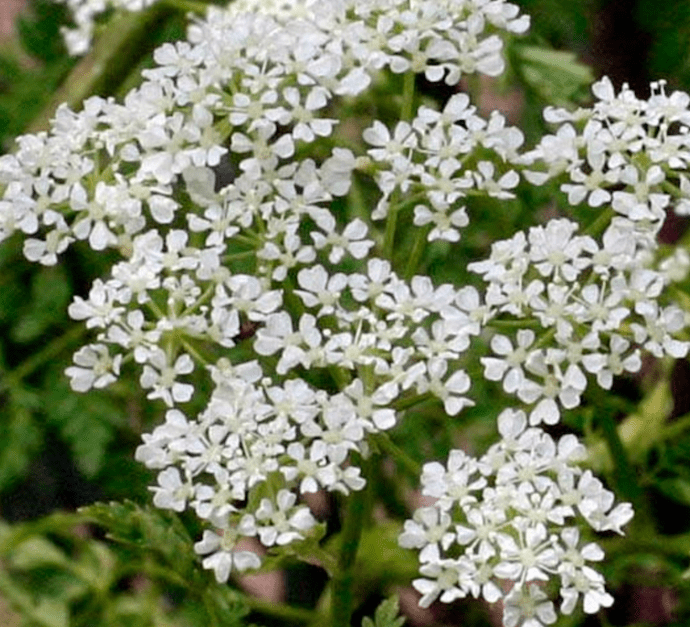

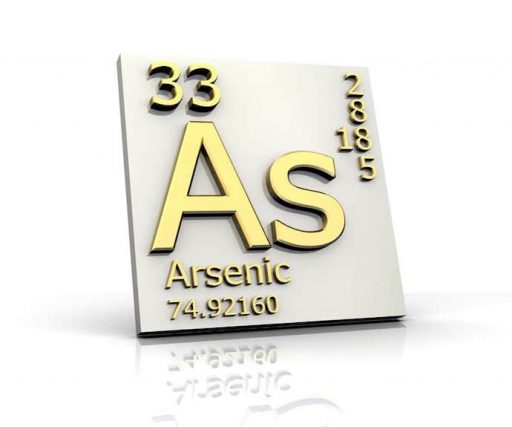
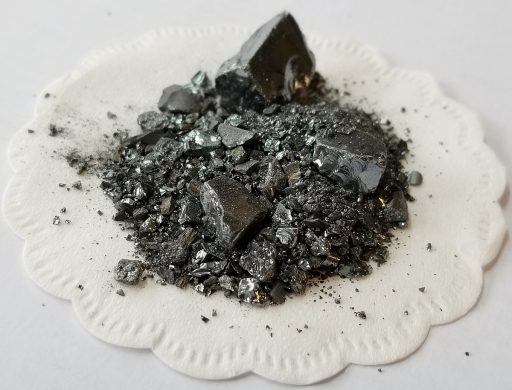


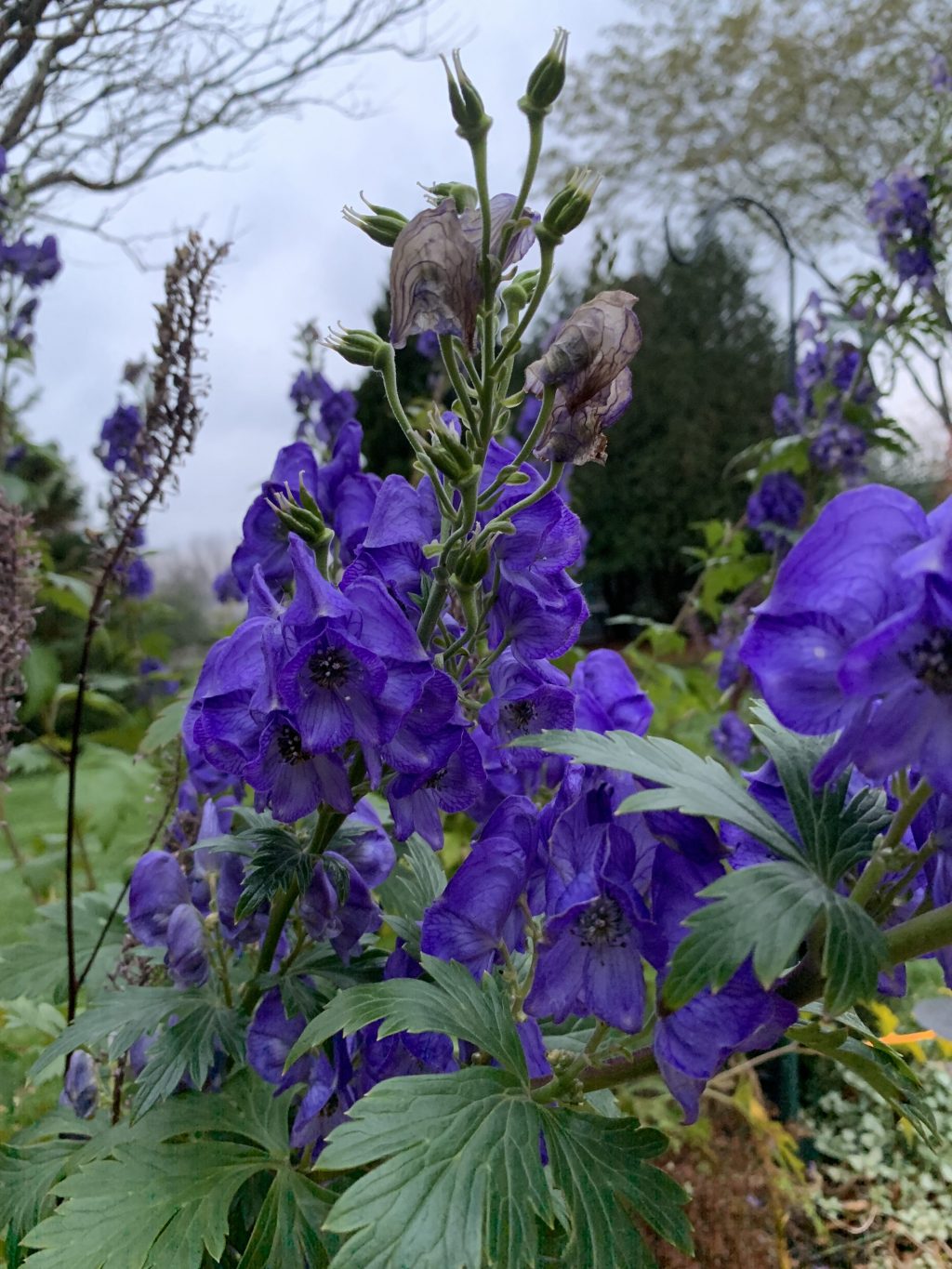

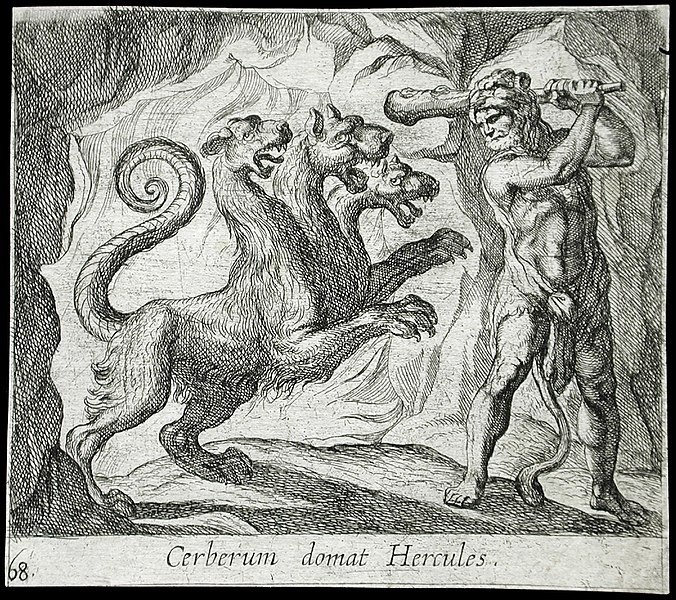
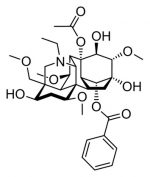




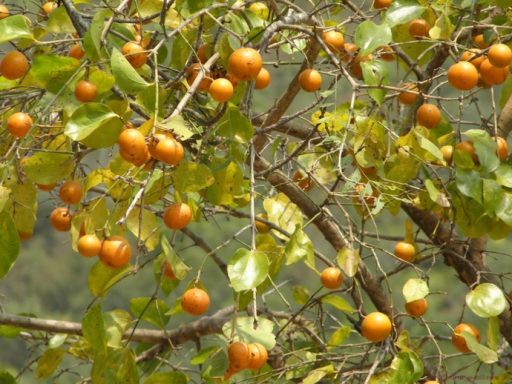
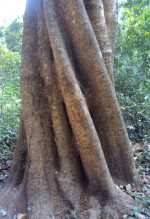
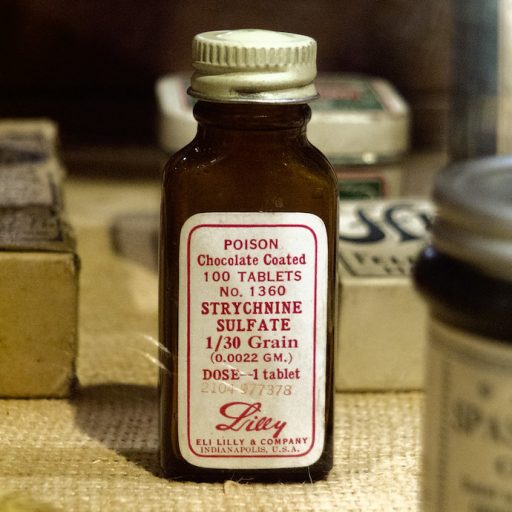


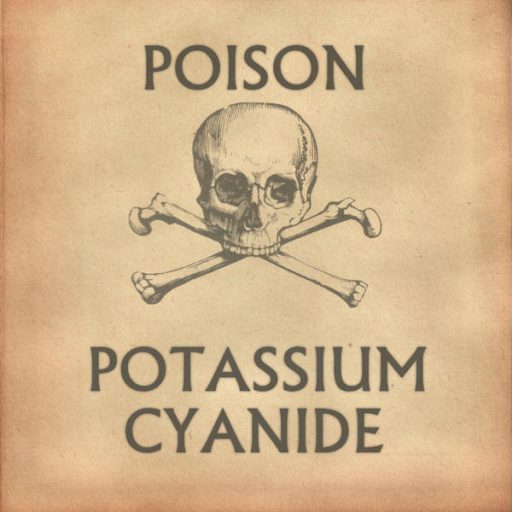

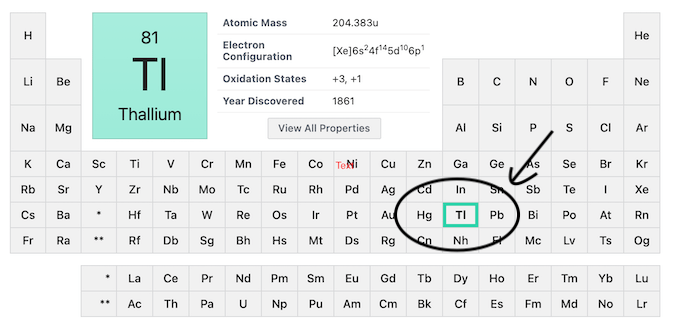
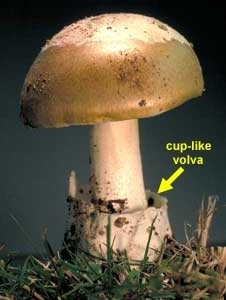
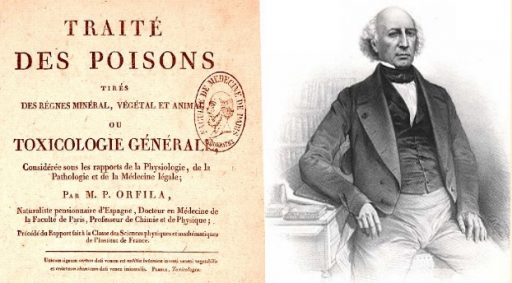
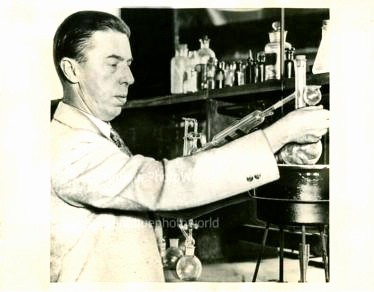



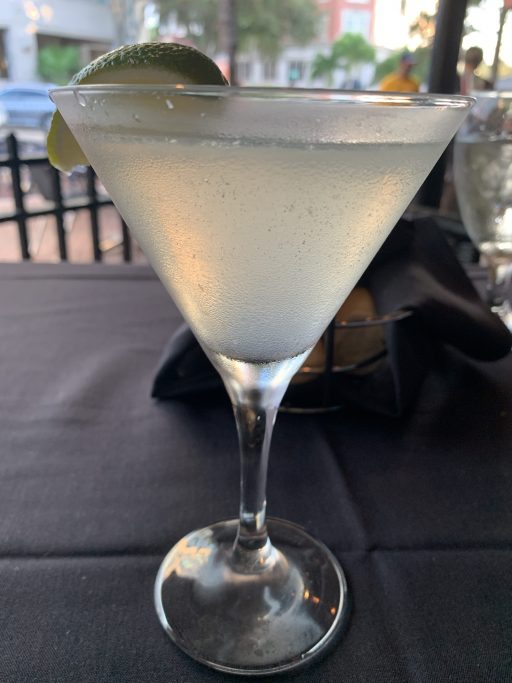

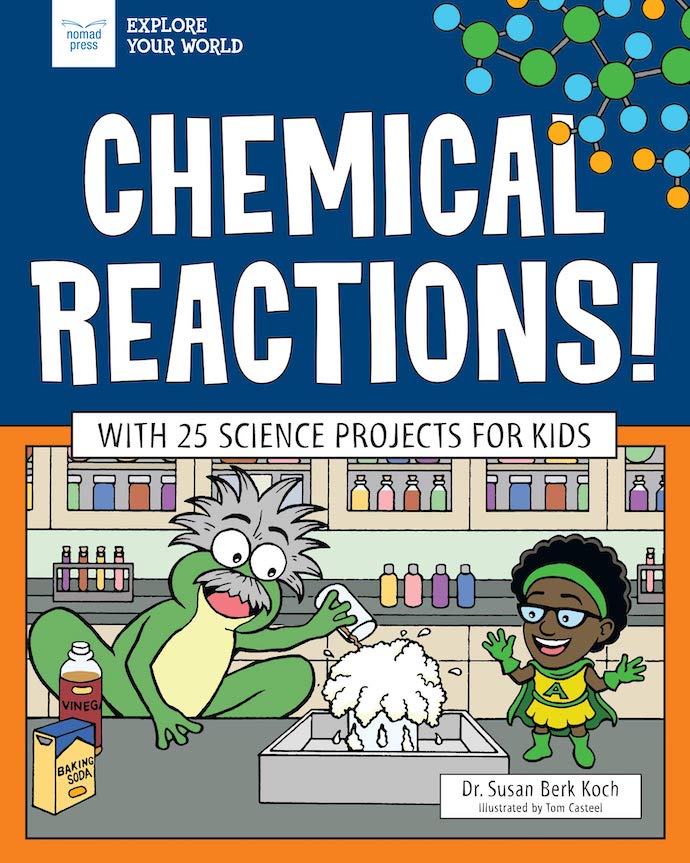



Wow! I didn’t know there was so much to know about poisons! Very informative post – thanks for sharing!
Glad you found it edifying. Thanks for stopping by!
Better clear your browser history (ha ha). We just saw a Dateline episode where the husband poisoned his wife. I think medicine has improved and hopefully you can be saved if you somehow ingest one of these poisons.
HAHA! I just cleared my browser hx because the web pages were going a bit wonky. Maybe I’m safe now. I’ll need to look for that episode! Thanks!
If I remembering right, are poisons the favoured method to murder someone if you’re a woman?
HA! I thought that too, but stats show otherwise! “Contrary to popular belief, the majority of convicted poisoners are men, overwhelmingly so when the victim is a woman. When the victim is a man, the poisoner is equally likely to be male or female.”
This is such an informative and interesting post. I never knew there were so many versions of poison.
I only touched the surface. It’s amazing how many natural and man made poisons are around. Thanks!
I was hooked from your opening paragraph. This was fascinating.
Thank you, Amy! I appreciate the kind words!
Learning about poison is always interesting. Though, I found manmade ones worse than the ones from animals. At least the animal (like a spider) is trying to protect itself.
Nancy ✨ mdrnminimalists.com
Exactly. I couldn’t agree more! Thanks.
Wow this was such an interesting article to read! I definitely learned a lot about poisons. Thanks for sharing!
Thank you, I’m happy you found the article interesting!
Ok but this was so interesting! I actually loved reading this, we recently studied poisons regulations at college and I remembering thinking how dull, but reading about the actual poisons and murders is much more interesting!
Hurrah! I’m glad I made poisons more interesting for you. Thanks!
I thoroughly enjoyed this post! Very informative, it is such a fascinating read.
I’m pleased that you found it fascinating. Thank you so much!
It’s such an interesting and informative article about poisons and their toxicology, history and occurrence. Your sense of humor is brilliant, and you are right, we should focus more on the hero’s and their work, and not on the villain’s story, and their motives.
The psych of the villains and the chemistry is fascinating, yes, but you nailed it. That’s exactly why I tried to end with the heroes! Glad you enjoyed it. Thanks!
This was utterly fascinating, Sue! I’ve heard of all these poisons (um, oops!) but wasn’t aware of all the facts. On that note, here’s fun fact for you: the Mad Hatter was so called because hatters used to work with arsenic but the amounts used weren’t enough to kill them, just send them mad 🙂
I LOVE that fact about arsenic, Lisa! I’m sure that Lewis Carrol knew it, too. I had difficulty narrowing down this article with a unifying theme of sorts. There are many delicious facts like the one you just shared, and SO many poisons. Why anyone would distill prussian blue, for example, into such a horror is beyond me, but there it is.
I’ll think of you when I put on my hat today. Thanks!
This was such an informative post! I didn’t know there were so many different poisons, I heard about some of them but not most. I really want to rewatch Criminal Minds now! Thanks for sharing 🙂
With all those seasons, I bet if you start at the beginning, they’ll feel new. ha Thanks so much.
Macabre and fascinating! I love the information you’ve included, I didn’t know there was so much to know about poisons!
I’m gratified that you loved the post! It was tough to narrow this enormous topic down. Thanks!
Another interesting read. You make science fun.
What a lovely compliment. Thank you!
Such an interesting post! I never knew so much about poison!
Tash – A Girl with a View
Thank you so much!
I always learn so much from your posts! A very informative read xx
I’m happy that you think so! Thank you!
Very informative, I didn’t this music about poison and the history of it. It has interesting facts as well. Thank you for sharing!
Poisons have a colorful history, all right! Thank you so much!
What an intriguing post to read, you literally learn something new everyday! This was a really good fun read. Thanks for sharing 🙂
Thanks so much!
This was so fascinating. I didn’t know anything about poisons before reading your post! I think I only knew about cyanide from a comic book I heard years ago! Great post! Thanks for sharing x
http://www.lynnmumbingmejia.com
I’m so happy that you found the post fascinating! Thank you!
Such an interesting post, there’s so much to learn! I didn’t know much about arsenic before this, so glad I had a read 🙂
Anika | chaptersofmay.com
Poisons are horrifically incredible, without questions. I’m glad you read my post too! Thank you.
Another great post, you never fail to impress. It does make me a little nervous living next-door to you with that monkshood in your yard. Great job. Mike
Better continue to be nice to me! ha Thanks, Mike.
This is so interesting! I had no idea there were so many different poisons out there and I definitely didn’t know about their properties! Thank you so much for sharing this!
Fantastic that you liked the post. Thank you so much for stopping by!
Very fascinating and informative post, Sue! I love the way you’ve made your post so interactive with info slides. This topic caught my interest right away, as I’ve studied & taught herbalism courses. I also forage for wild mushrooms. But no worries, I only eat the ones that do not have poisonous look alikes!
So allow me to add –
Hemlock kills by paralyzing parts of the body – specifically the respiratory system. Unfortunately, if you were poisoned by hemlock, your body would be unable to move but your mind would be fully aware as you died. Gruesome! If you were with someone in this situation, you could potentially keep them alive with buddy breathing until you could get them medical attention. Recently a friend of mine was eating Queen Anne’s Lace flowers and accidently ate a tiny hemlock blossom. She was OK, but had to go to the hospital.
Monkshood is a beautiful flower and the plant was used in Medieval times as one of the ingredients in flying ointments. It was also used for medicinal purposes, but dosing mattered! Monkshood is also poisonous to dogs.
Amanita phalloides, or death cap mushrooms are very prevalent where I live in Northern California. They are actually becoming more widespread throughout the world, but there are many places where they do not exist. We have had several tragic cases where Russian & European immigrants relocated to the San Francisco Bay Area and were poisoned after collecting and eating death cap mushrooms. Unfortunately, the death cap mushrooms look like an edible mushroom from their homeland (and death caps were not familiar to them).
However, there have also been cases where people ate death caps and survived. Upon further investigation, it was learned these survivors had included another wild plant in their diet which has liver-protective properties: common milk thistle (Silybum marianum). Research on milk thistle extract as an antidote for amatoxin-mushroom poisoning continues. I think you will like this article about it, with links to published research:
http://bayareamushrooms.org/poisonings/silymarin.html
Wow Kathy, I hate that those poor people accidentally poisoned themselves. I’d read that Amanita phalloides were prevalent in California. Thank you for the article link! It sounds intriguing. I’m going to read it right now.
Hello Sue! I am so impressed with this article. You’ve shown dedication during your research. Kudos! Interesting to read about the historical info. I’ve learned so much on this post.
I’m happy that you enjoyed the historical info! Yes, this post –well, the last few especially– have been quite labor intensive. Thank you for noticing!
yesterday, i watched a spy documentary and glad I read about your article because the poisons are there! lol
HA! So how accurate was the documentary? There are many murders of spies using poisons, one achieved notoriety when in 2006, the Russian government put polonium-210 in Alexander Litvinenko’s tea, killing him. (He was feeling the country) This was never officially proven, however!
Yes that’s the series i watched! So intriguing and dangerous. Also there is VX nerve agents.
Indeed! I went the historical route with this post. All these newer horrors would make a great ‘Poisons Grow Up’ post!
Fascinating!!! I too have monkshood in my garden – who knew what lurks below those lovely fall flowers!
I’m sure there must be a poem that describes exactly what monkshood is. Beautiful but deadly! Thanks so much, Eileen!
I always enjoy your science posts Susan, so informative. It’s amazing that nature can produce such potent toxins isn’t it? I’ll admit I know a lot less about the plant poisons but was always interested in how snake and spider venom worked. Thanks for sharing the knowledge!
Nature adaptations are amazing! I find snake and spider venom intriguing, too. Potent toxins for defense and/or to debilitate prey.Then we humans have to bungle it up. Thank you!
Oh, I love Criminal Minds too so happy watching! This is such an informative post, there are so many things that can harmm, aren’t there?
Not quite poison but drug related, if you can get BBC tv shows, then I would highly recommend The Serpent. It follows the 1960’s/70’s serial killer Charles Sobhraj through Asia – he drugged/poisoned his victims. Its a dramatised version of the story, but so good!
Thanks for sharing!
Aimsy xoxo
Aimsy’s Antics
Ah, a fellow Criminal Minds fan! You’re right, so many plants and animal are dangerous, all in the name of their survival. I find it more sobering that our fellow humans use this fact and turn against each other. We’re resilient though! That show sounds creepy and cool! I’ll see if I can find it. Thanks so much.
Very very interesting read!!! Very intellectual and fun! I love intellectual roads so enjoyed. I know about arsenic, cyanide and thallium but didn’t know the rest. Fab review and enjoyed getting enlightened! Thanks for sharing <3
Isa A. Blogger.
http://www.lifestyleprism.com
Fantastic! I’m so happy you enjoyed my post. Thank you!
This was so intriguing and informative! Loved learning about these different poisons and their elements.
Thank you so much! I’m pleased that you liked it.
I am really interested in poisons weirdly enough. We grow rhubarb in the garden and it is mad to think how yummy the stem is but the leaf will kill you. In the summer when I am walking in the woods, we have loads of foxgloves which are so pretty but so deadly.
Helen
Tea in the Tub
I’m interested in poisons too! (ha) I’d thought about poisons in plants as a topic but that would end up a ten book series! Foxglove is a perfect example of ‘it’s not the poison, but the dose.’ A little digoxin—the chemical in foxglove, helps with some cardiac arrhythmias, a lot not so much! As for rhubarb, I love it too. I didn’t know the leaves were poisonous! Thanks for mentioning it!
A very educational post! I’m wondering if you have alt text for the images/GIFs for accessibility? Image descriptions would be an alternative too.
Looking forward to what you create next! 🙂
Actually, yes I do plug in alt text. I’m looking forward to you reading my next post, too. Thanks so much Laura!